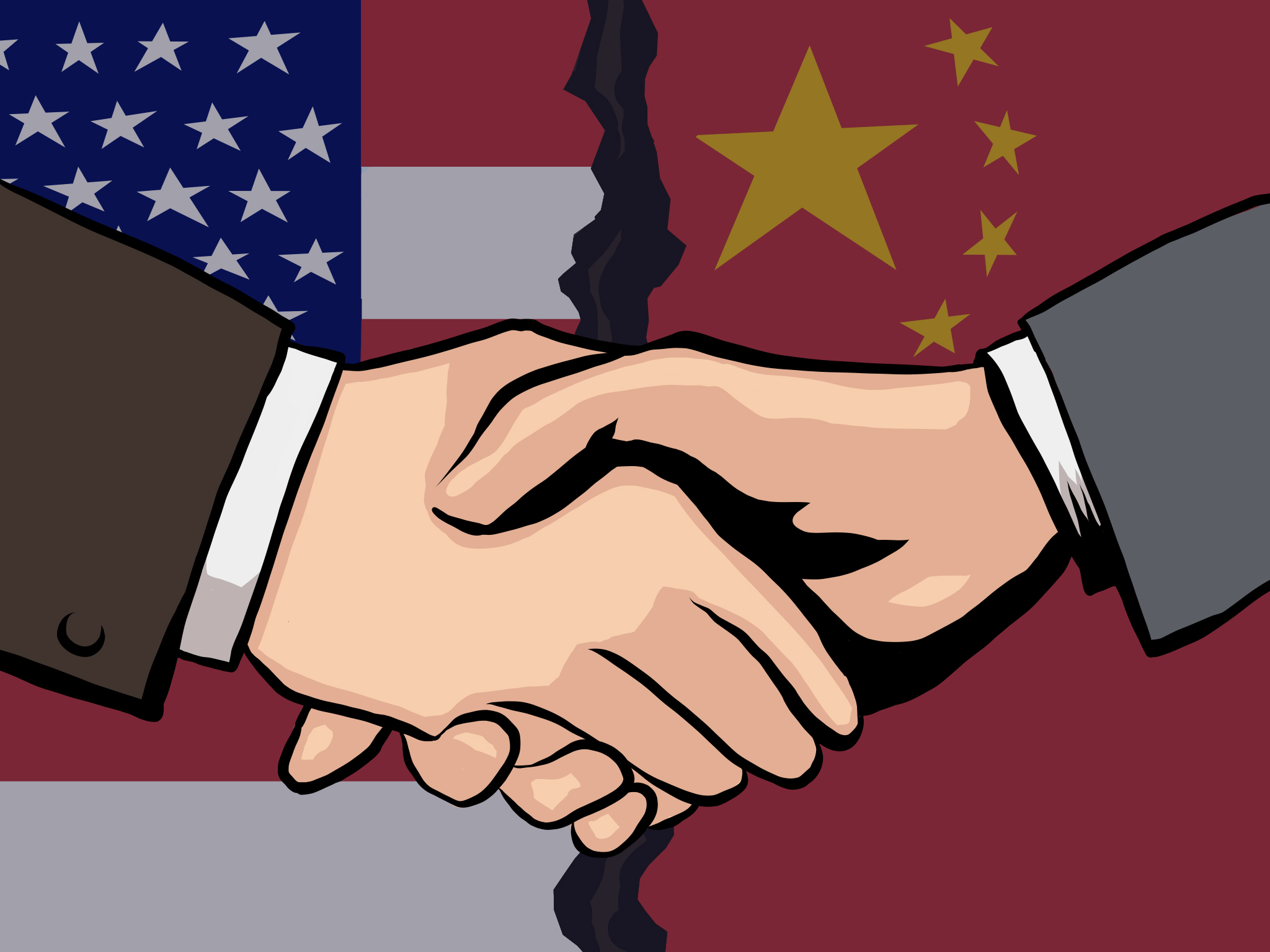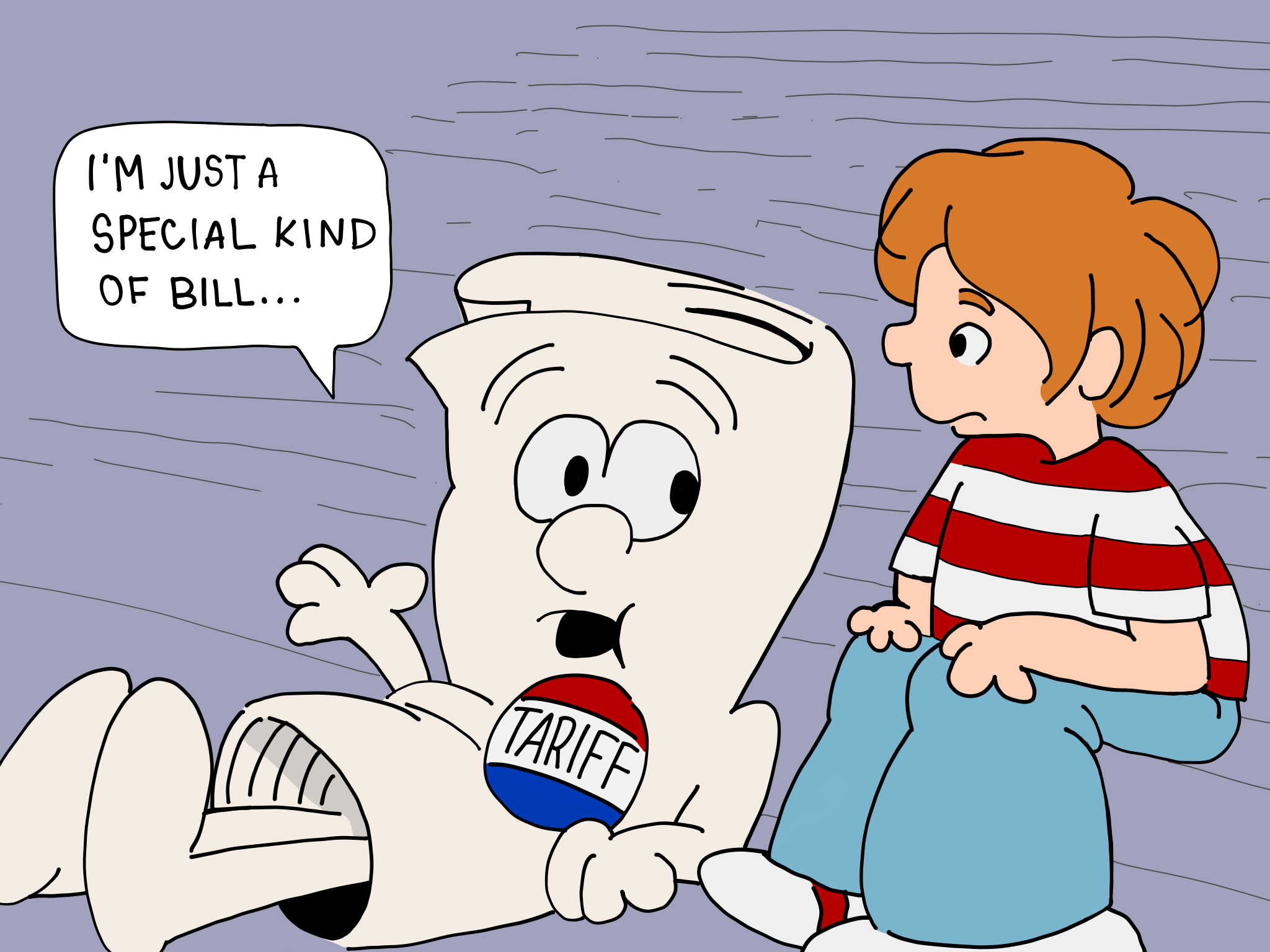Summary
China’s relationship with the United States has long been complex and intertwined as both nations have struggled to establish stable trade relations. In order to understand the current state of China-US relations and the trade war, the past must be examined to see how both countries ended up in the current trade war.
The modern relationship between the United States and China originated in the “Big Push” era which occurred from 1950-1978. The newly formed People’s Republic of China transitioned from an agrarian focused economy into an industrial economy which relied on trade with the USSR. The introduction of “Special Economic Zones” which were heavily focused on attracting foreign investment and exports caused China to shift towards free trade, eventually leading to the signing of the US-China Relations Act in 2000 and China joining the World Trade Organization in 2001. Since the signing of these agreements, trade between the United States and China has skyrocketed from approximately $5 billion worth of goods to now over $231 billion worth of goods and weighted tariff rates on imports have fallen from over 14% to below 5%. All of this resulted in China becoming one of the US’s largest trading partners.

Figure 1: Fall in China’s Import Tariff Rate
However, the growing US economy came to a halt when, in December of 2007, the U.S. National Bureau of Economic Research declared a recession. As a result of a mortgage crisis, stock market crash, and collapse of the financial sector, the world entered the worst economic meltdown since the Great Depression of the 1930s. As the United States economy plummeted, the global economy and nations also struggled to build themselves back up.
Counterintuitively, trade with China actually increased during this period. The significant increase in US trade with China led to China becoming the United State’s largest foreign creditor in 2008, holding $600 billion of debt at the time. This amount has only increased and as of May 2019, China holds $1.11 trillion of US debt. From when the US-China Relations Act was signed in 2001 to 2014, China’s exports to the United States almost quintupled, from $100 billion to $467 billion. The ballooning trade deficit created shaky diplomatic relations between the two nations. Concerns about the economic imbalances between the two countries grew as the interdependence between the two became more evident.

Melissa Yeung
Diplomatic Strains
The diplomatic relations between China and the US was further strained when it was revealed by Google in 2010 that it had received targeted cyberattacks that “resulted in the theft of intellectual property from Google.” These attacks originated from China and were eventually connected to other political and corporate infiltration efforts, resulting in spying against military, commercial, research, and industrial corporations. The list of corporations affected included Northrop Grumman, Symantec, Yahoo, Dow Chemical, and Adobe Systems. The Obama administration declared that these attackers were “an increasingly serious cyber threat to US critical industries.” China denied these accusations and in turn accused the United States of using the same tactics, something the US has also denied.
In May of 2014, a Federal Grand United States Jury indicted five Chinese officers on charges of planting malware and theft of confidential business information from US commercial firms. Despite this court decision, accusations of cyber security attacks have continued, including the data breach of the US Office of Personnel Management which has stated that the records of as many as 21.5 million people have been affected. Even now in 2019, an internal Navy review concluded that they and their industrial partners were still under multiple attacks. These accusations and attacks greatly damaged the US-China relationship with both governments accusing the other of cyberattacks. In May of 2019, the Trump administration passed an executive order that banned the use of Huawei equipment, a leading Chinese communication company which is a leader in 5G technology and a key pillar in Chinese global expansion, on the grounds that Huawei was a national security threat to the US that could lead to espionage and sabotage.
Another issue came to light that caused tension between the two nations. In 2014, the Office of the United States Trade Representative placed China on its “priority watch list” for intellectual property rights violations. They claimed that China was forcing US companies to reveal their commercial secrets in exchange for expanding into the vast Chinese market. Both countries are working towards reforming Chinese enterprises and enforcing intellectual property rights, a move that would affect the Chinese economic system, which benefits from reduced research and development costs.
Trade War

Melissa Yeung
In the past years, China and the United States have been embroiled in a trade war, which has roots in previous US administrations. Following the Bush administration, the Obama administration increased tariffs, notably a 35% tariff on Chinese tires in 2009. The list of tariffed goods has been expanded under the Trump administration to include a 25% steel tariff and 10% aluminum tariff since March of 2018. This list continued to expand after the Trump administration applied 25% tariffs on more than 800 Chinese goods worth $34 billion, resulting in an official declaration of a trade war. In response, the Chinese Commerce Ministry stated that the US had just started “the biggest trade war in history.”
There was no visible change in trade deficit after the first round of tariffs, so Trump further antagonized the relationship with China by again increasing tariffs on a number of Chinese manufactured goods. On May 10, 2019, Trump increased tariffs on 200 billion dollars worth of Chinese goods from 10% to 25% after a crucial round of trade talks in Washington failed to reach an agreement to forestall the higher levies. Correspondingly, the Chinese state broadcaster said: “Beijing will fight ‘to the end’ in the trade war”. Accordingly, the Chinese government announced the increase in tariffs on top of the existing tariffs on US products to a total of 60 billion dollars. The Chinese Finance Ministry said the move was “a response to [US] unilateralism and trade protectionism”, accusing President Trump of violating WTO rules that ensure “fairness and impartial nature of the international trade environment”.
As negotiations between the two countries continue, a way forward is uncertain due to Trump’s ever shifting perspective and constant postponement of a deal deadline. In October 2019, the cancellation of 5% tariffs on 250 billion dollars worth of Chinese goods indicated a turning point and potential rollback of the escalated retaliatory tariffs on both sides. However, in December 2019, President Trump said: “I have no deadline. It’s better to wait until after the election with China,” conveying the message that he had the deciding power to make a deal. This meant Trump undercut the “phase one” trade deal which had reached the final stage. Instead, he scheduled the levying of 15% tariffs on 156 billion dollars worth of Chinese products on December 15 known as “List 4B”. At the current stage, nobody can predict when a deal will be reached.
The high trade deficit with China, almost $500 billion per year, along with claims of infringement of intellectual property rights, was one of the main reasons the general public support the trade war. This was made evident when on May 2, 2016, when running for the Republican Party nomination, Donald Trump said, “We can’t continue to allow China to rape our country and that’s what they’re doing. It’s the greatest theft in the history of the world.” This sentiment was carried into the presidency when on March 22, 2018, Trump signed a memorandum which increased tariffs and filed a WTO case against China for ‘discriminatory licensing practices’. These actions, along with a few others, are credited with being the catalyst for the trade war.
So far commentary of the trade war has been very argumentative. The US government stands its ground, proclaiming that the trade war is a result of unfair business practices by the Chinese government and their unwillingness to uphold WTO standards. The Chinese, consequently, have passed the ball of responsibility back to the US, denying any unfair practices and intellectual property infringement. Hong Kong economics professor Lawrence J. Lau argues that a major cause is the growing battle between China and the U.S. for global economic and technological dominance. He argues, "It is also a reflection of the rise of populism, isolationism, nationalism and protectionism almost everywhere in the world, including in the US.
As it stands now it seems like the trade war may be coming to a close as both sides have begun a slow process of renegotiation and repeal of tariffs. However, with the protests in Hong Kong still going on, the House recently passed the Hong Kong Human Rights and Democracy Act. This act would require Hong-Kong to go under yearly assessment of its state of protection of human rights in order to keep its special trading privileges with the US. Officials in Beijing have voiced their disapproval, claiming that the US is meddling in internal affairs. “We have to stand with Hong Kong, but I’m also standing with President Xi [Jinping],” Trump said as the news went out that he may veto the bill as it is very likely it will pass the senate. Events such as the passing of this bill makes it clear that the future of this trade war is very murky and unpredictable.